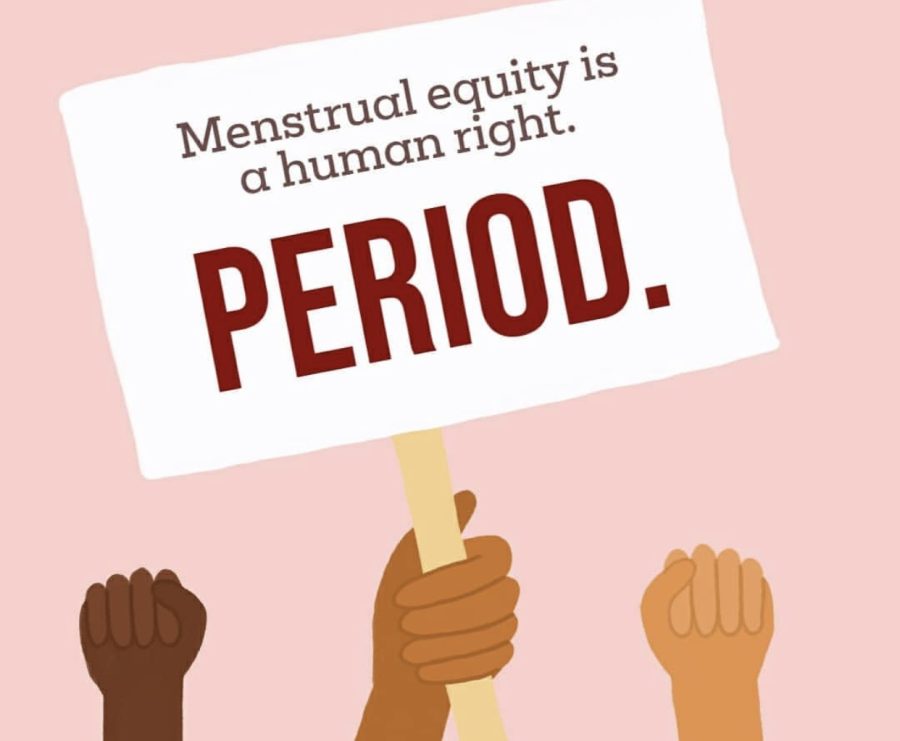
As of July 2018, all public schools in New York State serving students in grades six through 12 are required to provide free menstrual products in school building bathrooms. Public Health Law § 267, which provides for this initiative, comes after a long rise in awareness of inequitable access to menstrual products across socioeconomic statuses and of the harm of stigma surrounding menstruation. By providing free access to these products, schools are normalizing menstruation and combating unequal availability of products across demographics.
With this law, it’s evident that issues surrounding menstruation are important to New York State and its citizens. So why is it that New York University, an institution claiming to embrace diversity among students and staff, doesn’t exhibit as deep of a commitment to these issues?
The university only provides menstrual products in dormitories and some of its academic and student buildings — not all of the buildings that it owns. Of these buildings where products are provided, they’re not always in all of the bathrooms, and never in the men’s room. How can an institution claim to embrace diversity to the extent that NYU does, while failing to provide the basic resources to support all identities?
In many schools that provide free menstrual products, they are rarely situated in all bathrooms. People of all genders may menstruate, and negligence to recognize and provide for this fact not only prevents an equitable educational environment, but creates stigma generated toward those that menstruate who don’t identify as a woman.
New York University needs to provide free menstrual products in all buildings and every bathroom regardless of its designation. This school, one of the most diverse universities in America and one that prides itself on equity and fairness, needs to create a more inclusive environment not just to fulfill its responsibilities to its own students, faculty and staff, but also to serve as a representation of what is needed by all institutions.
The issue of equitable access to menstrual products is not limited to NYU — “period poverty,” or the inability to afford menstrual products, isn’t as uncommon in the United States as some may think. In a study of 471 menstruating people between the ages of 18 and 24, 14.2% experienced period-poverty in the previous year, with 10.0% experiencing it monthly. Out of those polled, 76.7% were full-time students.
Although period poverty is now largely regarded as a public health issue, governments and institutions are not demonstrating enough action to combat this issue. As of August 24, 2023, only 19 states have requirements for public schools to provide free menstrual products. Of these states, only nine of them provide funding to schools to meet this requirement.
The federal government’s Title IX law protects against sex discrimination that interferes with students’ education. The refusal of a state or school to provide free menstrual products to students should be a violation of this law, but when addressed with this issue, a spokesperson for the U.S. Department of Education stated that the issue “is dependent on state or local law — it’s not a federal responsibility.”
The need for equitable access to menstrual products is immediate, and the only way for all public schools to quickly address this topic is through direct federal intervention — all 50 states will never rise to the occasion timely on their own. The Education Department needs to stop avoiding responsibility for their role in ensuring a welcoming school environment for all students across all states.



